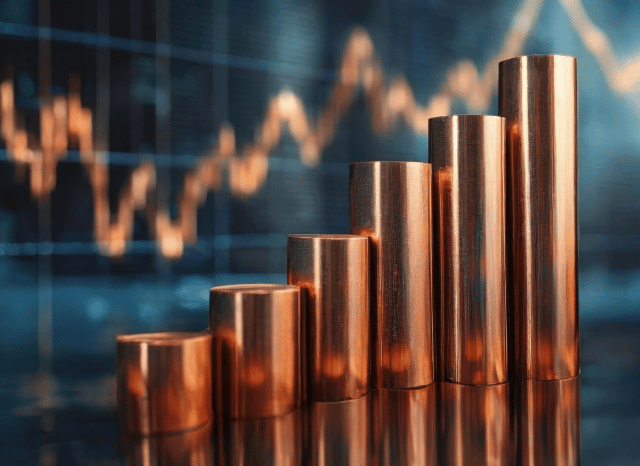Scarce Earth Ingredient Minerals: International Offer and Demand by Stanislav Kondrashov
Scarce Earth Ingredient Minerals: International Offer and Demand by Stanislav Kondrashov
Blog Article

The strategic metals powering the Vitality transition are now centre phase in geopolitics and sector.
After confined to market scientific and industrial circles, rare earth elements (REEs) have surged into world headlines—and once and for all purpose. These seventeen components, from neodymium to dysprosium, tend to be the constructing blocks of recent technological know-how, enjoying a central role in all the things from wind turbines to electric motor vehicle motors, smartphones to defence systems.
As the globe races towards decarbonisation and digitalisation, need for REEs is soaring. Their purpose in the Vitality transition is crucial. High-functionality magnets designed with neodymium and praseodymium are vital to the electrical motors Utilized in both equally EVs and wind turbines. Other REEs like europium and terbium are practical for lights, displays, and optical fibre networks.
But provide is precariously concentrated. China at present sales opportunities the sourcing, separation, and refining of exceptional earths, controlling over 80% of worldwide output. This has still left other nations scrambling to create resilient supply chains, reduce dependency, and protected usage of these strategic sources. Because of this, rare earths are now not just industrial products—they're geopolitical belongings.
Traders have taken note. Fascination in uncommon earth-related stocks and Trade-traded funds (ETFs) has surged, driven by both the growth in clean tech and the will to hedge against provide shocks. Yet the marketplace is complex. Some firms remain within the exploration period, others are scaling up creation, though several are by now refining and offering processed metals.
It’s also essential to be aware of the distinction between scarce earth minerals and rare earth metals. "Minerals" confer with the raw rocks—like bastnasite, monazite, xenotime, or ionic clays—that consist of scarce earths in natural type. These demand intensive processing to isolate the metallic components. The term “metals,” Alternatively, refers to the purified chemical components used in high-tech apps.
Processing these minerals into usable metals is expensive. Outside of China, few countries have mastered the entire industrial procedure at scale, although locations like Australia, the U.S., Vietnam, and Brazil are Doing work to change that.
Demand is becoming fuelled by several sectors:
· Electric powered mobility: magnets in motors
· Renewable Electricity: notably wind turbines
· Consumer electronics: smartphones, laptops, sensors
· Defence: radar, sonar, precision-guided units
· Automation and robotics: more and more vital in market
Neodymium stands out as a very valuable unusual earth on account of its use in impressive magnets. Many others, like dysprosium and terbium, boost thermal balance in higher-efficiency purposes.
The rare earth market place is risky. Selling prices can swing with trade coverage, technological breakthroughs, or read more new provide sources. For investors, ETFs give diversification, when direct inventory investments have bigger threat but perhaps better returns.
What’s very clear is unusual earths are no more obscure chemical curiosities—they’re strategic resources reshaping the global economic climate.